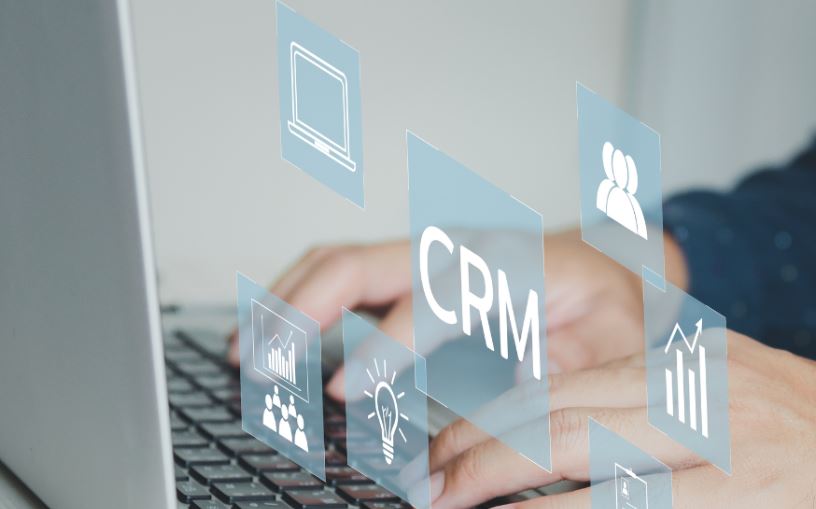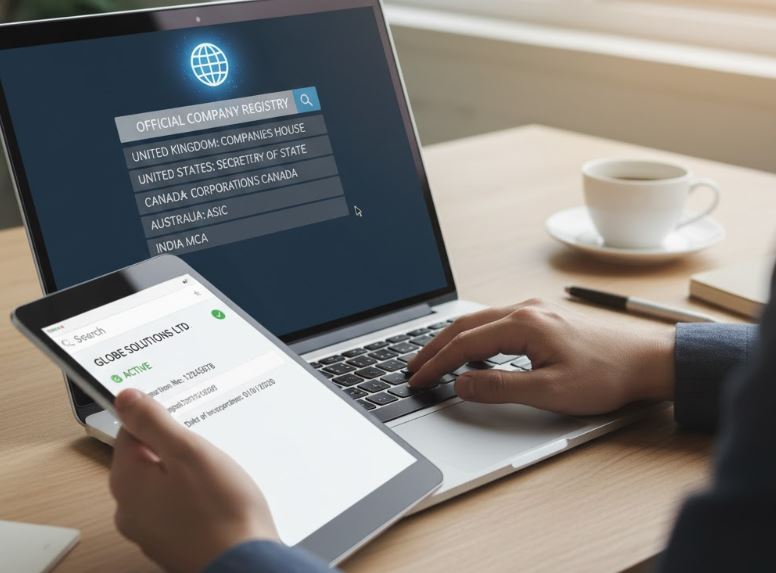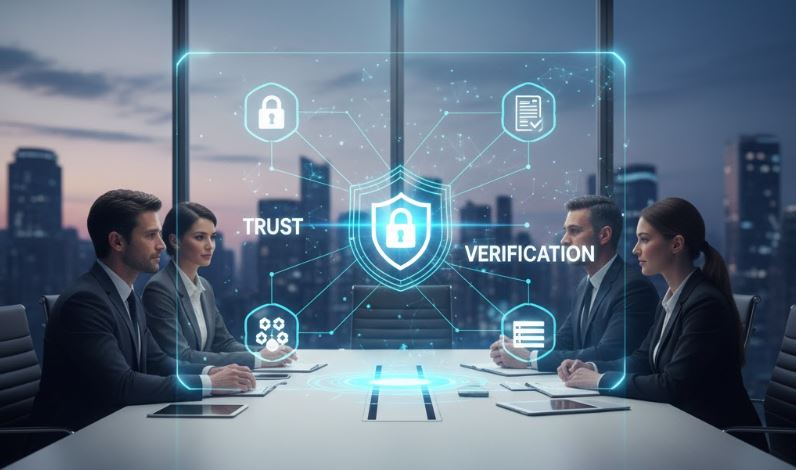In this super connected world we have right now, digital trust pretty much underpins every single interaction that happens online. Folks figure their identities will stay safe when they log into some platform, wrap up a transaction, or hand over sensitive details. By 2025, identity verification carries even more weight than it used to. It turns from a straightforward security step into something central to digital safety and overall reliability.
The Evolution of Identity Verification
In the last ten years or so, identity verification has shifted quite a bit from those old-school document checks to more sophisticated setups powered by AI. Back then, people had to hand over physical ID cards and wait around for someone to approve them manually, which often led to pretty long delays in getting onboarded. Now things move fast, with digital tools handling the verification in just seconds.
These newer systems pull together biometrics, artificial intelligence, and quick data checks to make sure someone really is the person they say they are. Companies in areas like finance, healthcare, online shopping, and government operations depend on this kind of tech to build safer spaces and cut down on fraud risks.
Why Digital Trust Matters More Than Ever
People still talk about how the digital economy’s future really comes down to trust. Every single online transaction needs both sides to feel sure the other person is genuine. If there are no solid verification setups in place, that whole sense of trust breaks down fast. It’s unfortunate, but as more services go online, the cybercriminals keep finding ways to get even more clever.
Looking ahead to 2025, issues like fake identities, data breaches, and those synthetic identity scams stay as big worries for everyone. Identity verification turns into the main shield that protects both businesses and everyday users. These systems blend strong security measures right alongside easy use for people, and in the end they create solid digital connections built on real authenticity and real safeguards.
AI and Biometrics: The Heart of Modern Verification
Artificial intelligence along with biometrics really changed the whole game when it comes to checking identities. Solutions powered by AI handle things like spotting deepfakes these days. They also pick up on tampered documents and look at behavior patterns that point to fraud. Methods for biometric authentication include facial recognition along with voice analysis. Fingerprint scanning fits in there too. All of it adds extra layers of accuracy and security in a big way.
These technologies team up to push digital document verification toward being quicker and more intelligent. They make it reliable as well. You no longer have to lean just on basic IDs or checks done by hand. AI keeps learning from fresh data all the time. It sharpens its skills for catching risks right in the moment. This move to smarter verification turns digital exchanges into something safer. It feels more seamless too.
The Rise of Digital Document Verification
One of the major advances in this field involves the rise of digital document verification. People can use a smartphone camera or webcam to check official papers like passports, national IDs, or driver’s licenses in just seconds. Those services work quietly in the background. They rely on AI and machine learning to detect forgeries, changes to text, or details that do not line up.
This development has really changed onboarding for banks, fintech firms, and various online companies. Customers no longer face waits of hours or days to start using services. They get access pretty much right away. At the same time, the organizations keep full compliance with KYC and AML rules.
Compliance and Trust Go Hand in Hand
Regulatory compliance plays a major role in digital identity verification all the time. Things like GDPR, KYC, and AML on the global level push organizations to verify user identities first before any transactions go through. Still, just meeting those rules does not really build the kind of trust that matters most.
Consumers these days put a lot of weight on transparency and keeping their privacy intact. They really need to understand exactly how their data gets stored and kept safe from risks. So companies relying on document verification services have to step up with solid data management that respects privacy while holding the line on security. Those businesses pulling off that tricky balance end up at the front of the trust economy come 2025.
User Experience Defines the Future of Verification
Security matters a lot. But what really gets people to use something is how easy it feels. By 2025, folks want their verification steps to feel secure. They also want those steps to be fast and straightforward. When identity checks drag on too long, they turn people away from signing up. That kind of delay just frustrates customers right from the start.
Modern platforms for checking identities put a big emphasis on automating things. They aim for quick approvals and user-friendly flows that do not get in the way. Tools such as facial recognition help out here. AI pulls data automatically too. All this lets customers finish verifying themselves in only seconds. When the process runs smoothly without hitches, it boosts how happy users feel. At the same time, it keeps solid defenses in place against scams and fraud.
Global Connectivity and the Future of Digital Identities
With the world getting more connected all the time, folks are pushing harder for digital identities that work everywhere. Nobody really wants to go through that same old verification hassle just to join a new service or head across some border. Things are heading toward identity setups that play nice with each other and get accepted no matter where you are.
Picture this kind of setup where a single checked-out digital ID lets you handle banking stuff, school records, or doctor visits from pretty much any spot on the planet. These standard ways of checking identities are actually bringing that idea to life now. They keep things secure while making sure you can get in from all sorts of different systems.
Building the Future of Digital Trust
By 2025, identity verification goes further than basic checks. It forms the base of trust in the digital world. That trust mixes tech with openness and giving users more control. Companies using top-notch document checks do more than guard against scams. They build spaces full of reliability. In those spaces, people share info and make deals without worry.
AI tools for verification, paired with solid privacy rules, open up fresh ways in digital change. When we rethink trust online, something stands out. The web’s tomorrow relies on checking identities right, fast, and fair.
In today’s digital time, trust does not come automatically. It gets confirmed.




